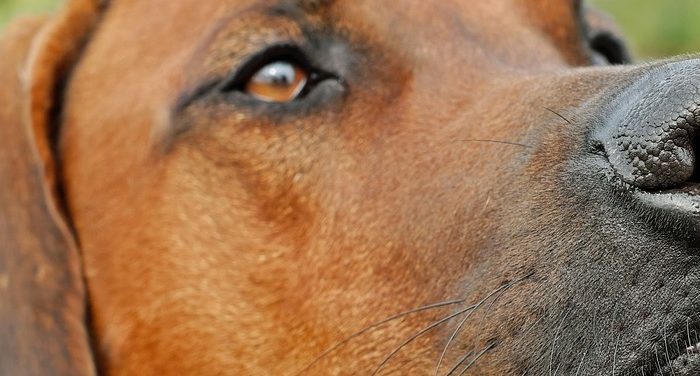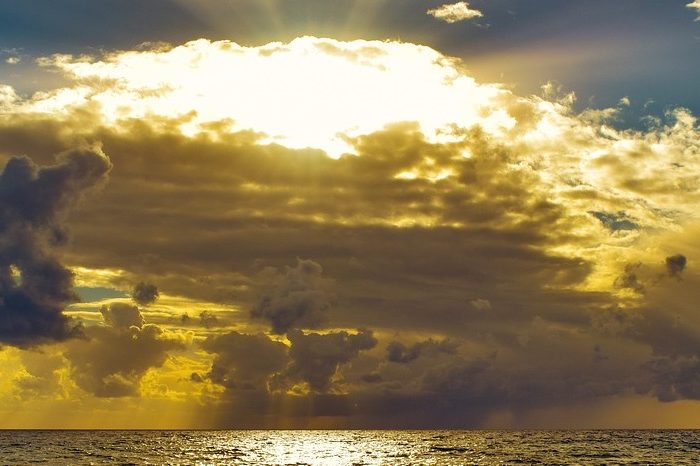What Is A Heat Rash
What Is A Heat Rash?
Heat rash can also be referred to as miliaria or prickly heat. It happens to everyone, adults, teens and babies. And this is very common most particularly during hot, humid weather.
When your skin traps perspiration as a result of blocked pores, heat rash develops. It comes with diverse symptoms to identify it and these include red lumps, blisters, etc.
Someone having heat rash may suffer some itches or feel prickly.
While it doesn’t last long, heat rash is known to clear on its own. When the case is severe in some situation, the patient may need to seek medical care.
Symptoms of heat rash:
For adults and infants, heat rash usually comes up around the neck region, chest, shoulder, groin, elbow creases and armpits, among others.
The slightest form of heat rash usually affects the sweat ducts around the skin’s top layer region. This comes in clear bumps with fluid filled blisters that easily burst.
When it becomes really prickly, it can produce signs of itching, or red bumps around the affected region.
In some conditions, heat rash also affects a deeper layer of skin (the dermis). In this case, sweat is retained within the skin, thus causing firm, flesh colored lesions that look like goose bumps.
The easiest way to prevent or heal heat rash is to cool the skin and avoid much exposure to heat. If you or your loved one has gotten heat rash that has lasted longer than a few days without clearing, it is recommended that you see a doctor.
Once you notice signs of infection such as: swelling, pus draining out, increased pain, chills or fever, redness, among others, quickly consult a doctor.
To help overcome heat rash: dress moderately during summer, avoid tight clothes as this can irritate skin; and when it’s hot, stay in a cool space that’s air-conditioned or that has a fan circulating air. Make your sleeping area properly ventilated.


Leave a Comment